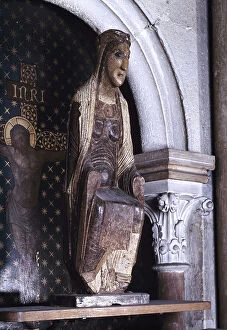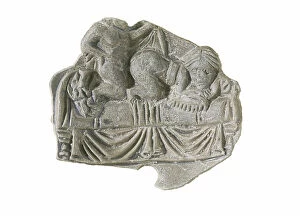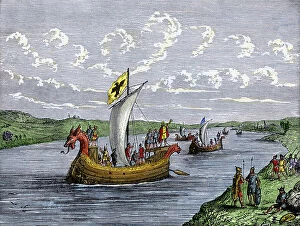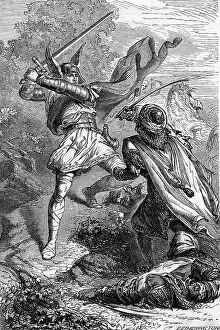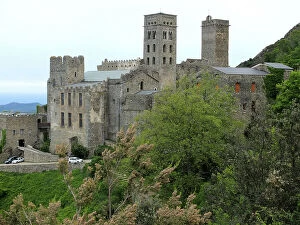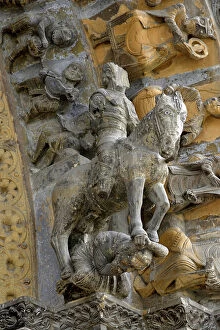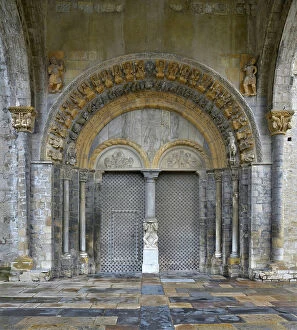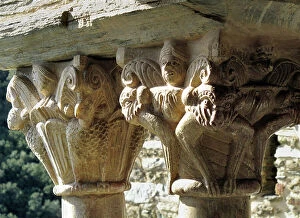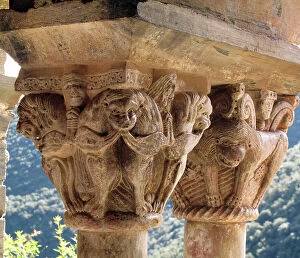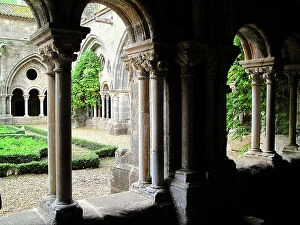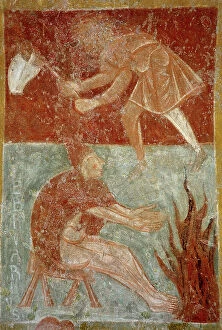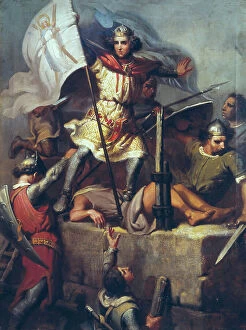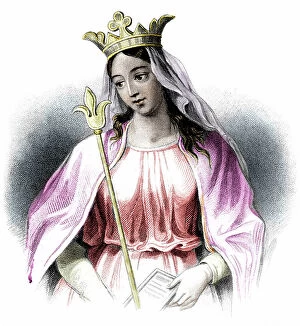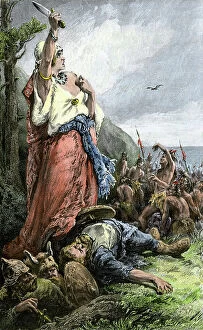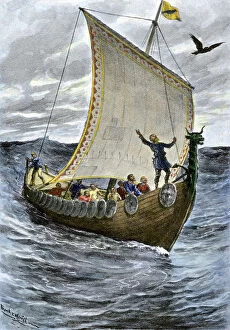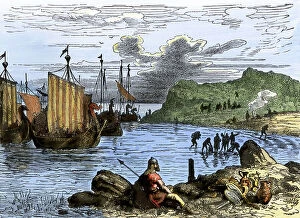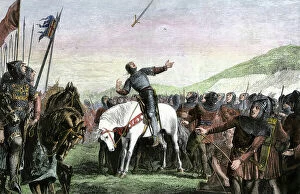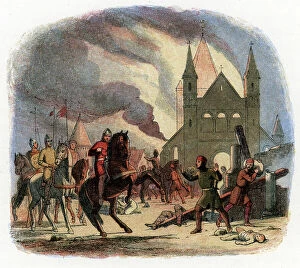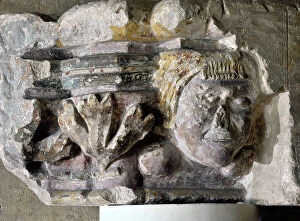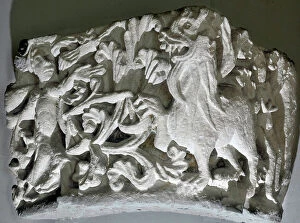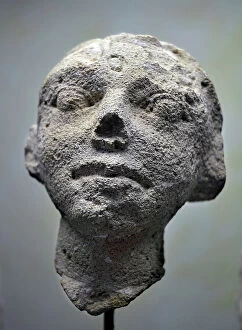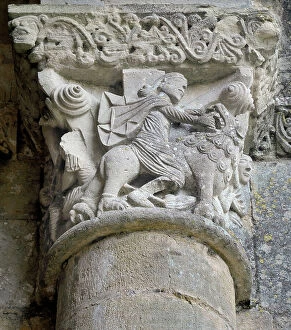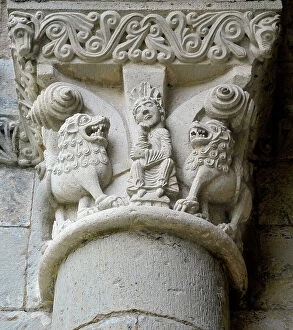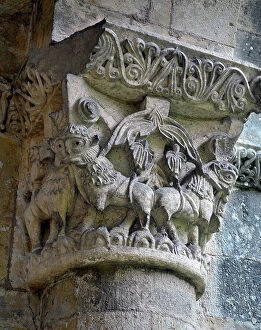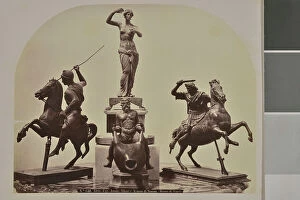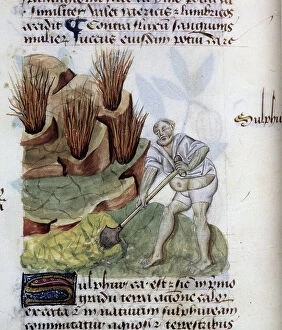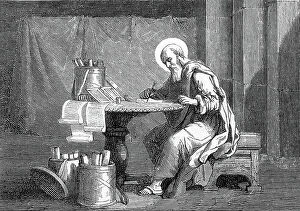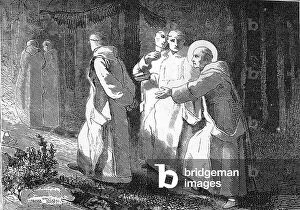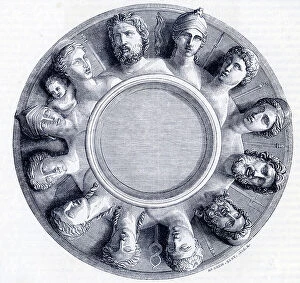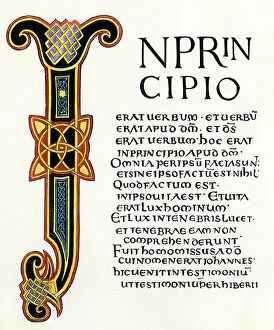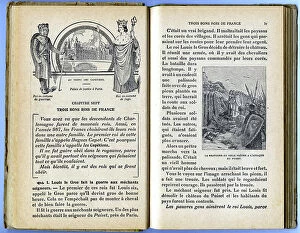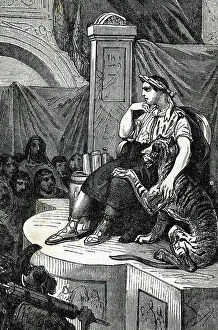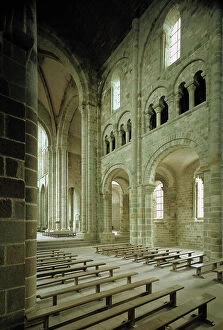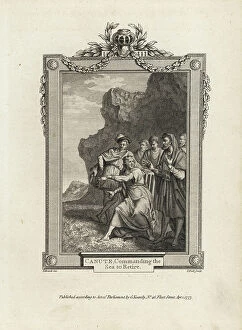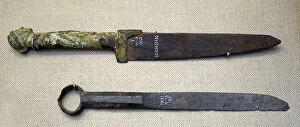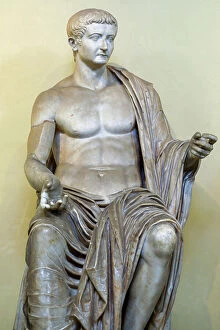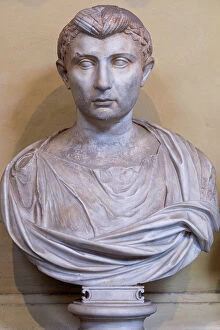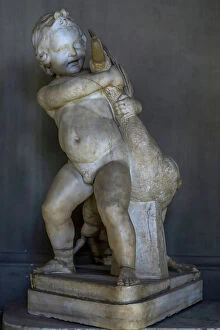1st Century Collection (#3)
The 1st century was a time of great historical significance, filled with remarkable events and captivating art. From Jesus calming the storm on the Sea of Galilee to St
For sale as Licensed Images
Choose your image, Select your licence and Download the media
The 1st century was a time of great historical significance, filled with remarkable events and captivating art. From Jesus calming the storm on the Sea of Galilee to St. Peter ordaining St. Stephen as a deacon, this era witnessed profound spiritual moments that shaped Christianity's foundation. One iconic scene from this period is the Last Supper, where Jesus shared his final meal with his apostles before his crucifixion. This poignant event has been immortalized in countless artworks throughout history, including Fra Angelico's mid-15th-century masterpiece. Another powerful depiction is Jesus at Emmaus, where he revealed himself to two disciples after his resurrection. This encounter symbolizes hope and faith in times of despair. Moving beyond religious themes, we find intriguing glimpses into ancient cultures such as Sanskrit mythology through sandstone sculptures like the Yakshini. These benevolent tree spirits guarded hidden treasures buried within the earth during the 1st century A. D. However, not all stories from this time were peaceful or uplifting. The stoning of St. Stephen stands as a tragic reminder of persecution faced by early Christians in their unwavering devotion to their beliefs. In addition to these narratives rooted in spirituality and martyrdom, we also explore diverse aspects of life during this era through various artistic mediums. Herbert Norris' portrayal of Boadicea showcases Celtic chieftainess' strength and resilience amidst Roman conquests. Roman frescoes provide us with glimpses into daily life; one such example depicts a young woman gathering flowers—a simple yet evocative image capturing timeless beauty and innocence. Maps play an essential role in understanding historical contexts, and a plan of Rome during Augustus' reign offers insights into how vast and influential the Roman Empire was during its peak years. Strabo's world map further expands our knowledge by presenting geographical information based on Greek geographer Strabo's writings—showcasing early attempts at cartography.

